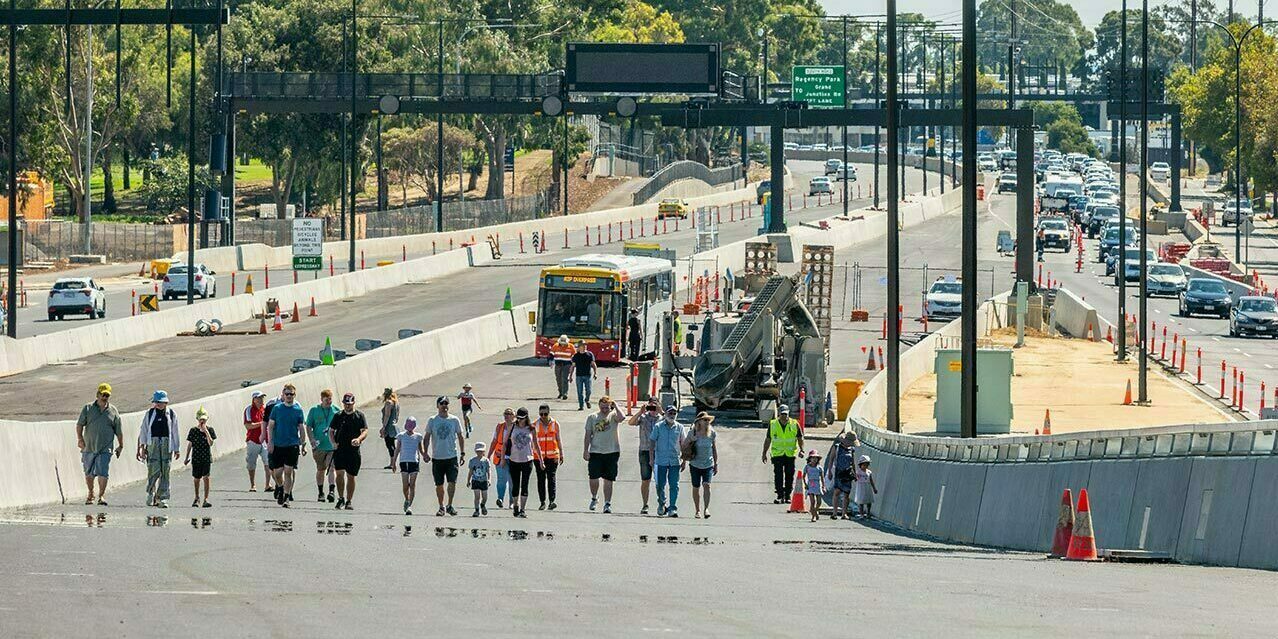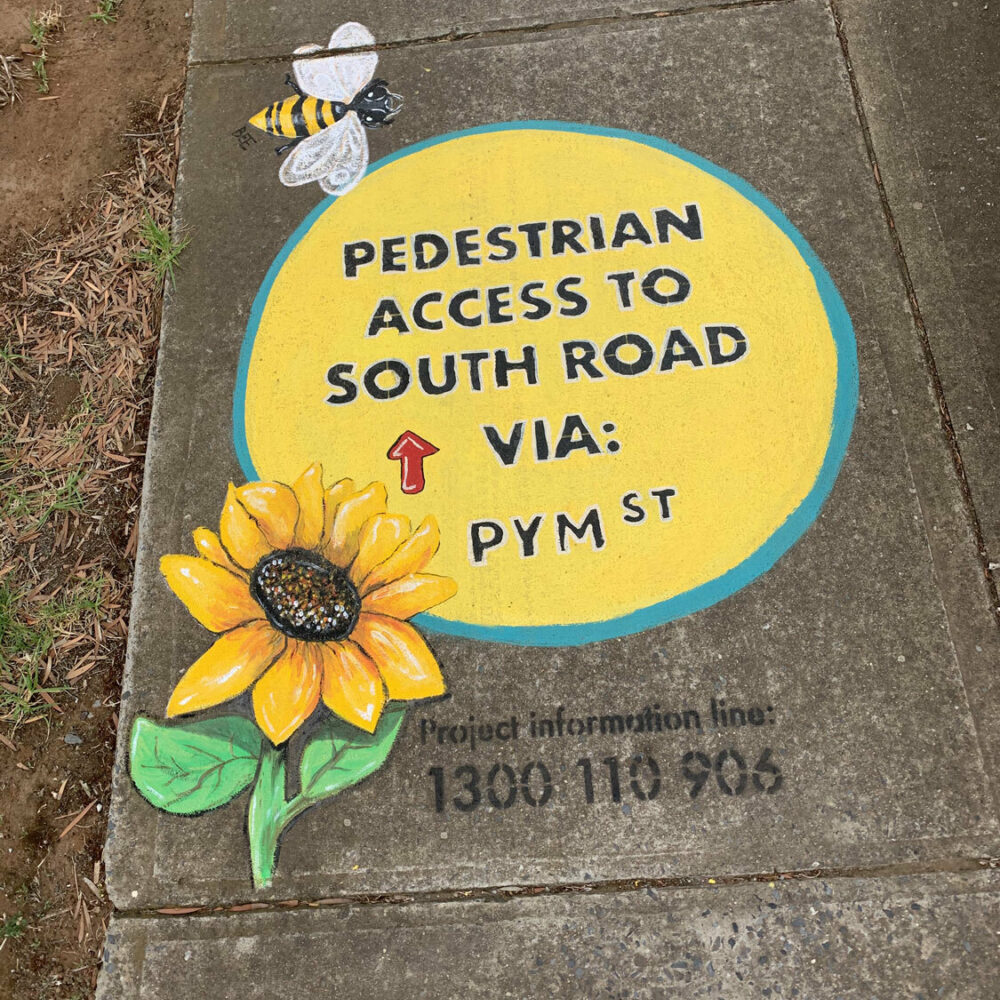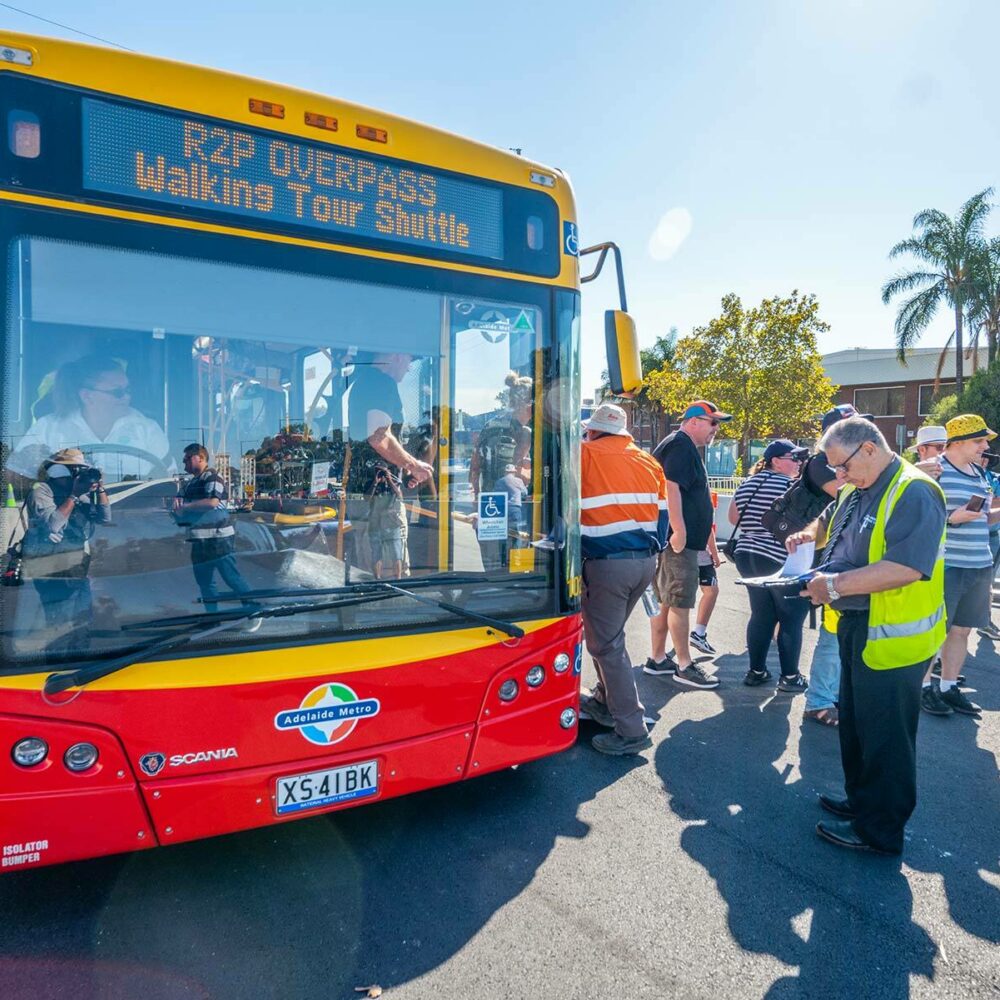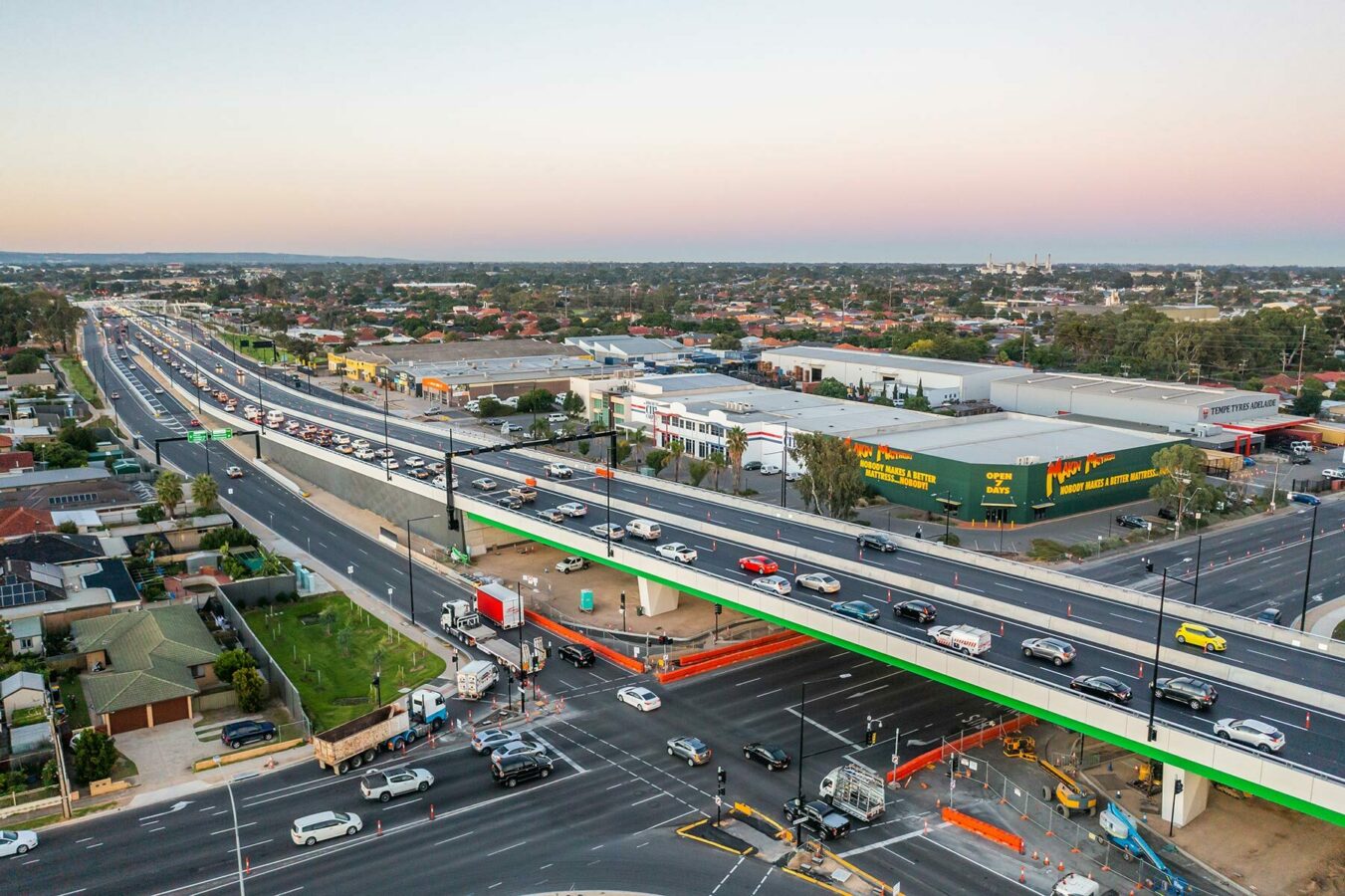The South Australian Government planned the Regency Road to Pym Street (R2P) project as part of the North-South Corridor initiative to reduce congestion and improve connectivity. However, the construction of 1.8km of new motorway threatened to significantly disrupt residents, businesses, commuters, and other stakeholders in local communities at the same time as the COVID-19 pandemic spread worldwide.

GTP, as part of the R2P Alliance, undertook early engagement to facilitate communication between the design team and local community members, resulting in targeted mitigation strategies to minimise disruptions to residents and businesses. We prioritised open, two-way communication to ensure all views identifying concerns and solutions were aired. The localised knowledge helped shape the project designs and construction plans, significantly lessening the impact on community.
Amidst the uncertainty of COVID-19 restrictions, we maintained focus on our engagement strategies, adjusting nimbly by utilising digital platforms, such as SitePodium, to stay connected with the community. Via this innovative engagement tool, we directly collaborated with residents to ensure safe and smooth property access to deliver noise reduction solutions.
We focused on developing support strategies to suit individual business needs, including launching promotions to assist local enterprises.
We strive to create lasting positive legacies in communities. To achieve this goal, we organised several events encouraging community involvement in the project. Residents provided public artwork and local schools were involved in planting butterfly gardens. We also developed creative signage solutions to help with access changes and wayfinding. We repurposed old infrastructure found during project excavation works to design and install a brick community bench. As the project neared completion, we invited residents to attend a walkover before the bridge opened to traffic and held an open-air movie screening in March 2021 as a thank-you to the local community.
Thanks to our community-focused and responsive solutions, the R2P Project was completed months ahead of schedule while meeting sustainability targets. The project left lasting legacies in the form of noise reduction walls, power pole artworks, and environmental programs that benefited the residents. Our collaborative engagement approach received recognition through awards. Most importantly, we prioritised community insights and created locally-designed solutions, balanced carefully with the goal of commuter travel-time savings of between 5 and 8 minutes and enabling infrastructure delivery with minimal disruption.




